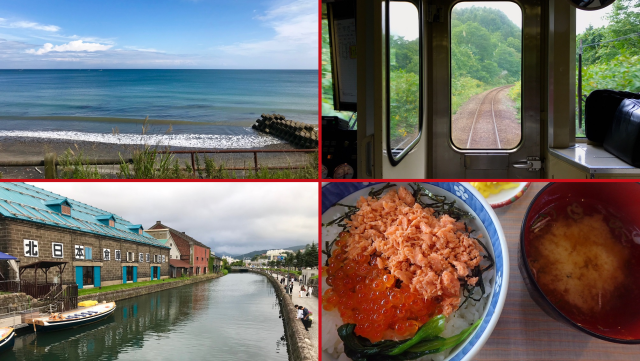
The conclusion of our slow-life adventure to Japan’s northernmost prefecture with trains, hot springs, and so muh delicious seafood.
This is the second-half of our low-price, high-adventure trip from Tokyo to Hokkaido using Japan Railways’ Seishun 18 Ticket. For Part One of the story, click here.
In case you’ve never had the chance to use them, Japan’s Seishun 18 Tickets are awesome. Sold in bundles of five, each ticket (priced at 2,370 yen [US$21]) gives you unlimited rides on Japan Railways local and regular express trains anywhere in Japan for one calendar day. So using just one, we were able to travel all the way from Tokyo, leaving the capital at 4:44 in the morning, to the northern tip of Japan’s main island of Honshu, where we caught an overnight ferry to the northern island of Hokkaido.
After boarding the ship at 11:30 p.m., we slept peacefully until 3 a.m. the next morning, when we were woken by the P.A. announcement that we would be docking at the port town of Hakodate, on Hokkaido, at 3:20.
As you might have guessed, there’s not a lot to do in Hakodate at 3:20 in the morning, and with Hokkaido being Japan’s northernmost prefecture, it’s quite a bit chillier than we’re used to in Tokyo. So we relaxed for a while inside the terminal building, eventually heading out at around 5:40.
However, the first train to Oshamanbe, the next station on our route, isn’t until 8 o’clock. So where were we headed? To Hokodate’s famous morning fish market, of course, to eat at one of the numerous restaurants set up to serve workers and shoppers alike.
▼ Salmon and ikura rice bowl for just 500 yen…
▼ …plus a slice of Hokkaido’s prized melon for 300 yen.
Now we were ready to get on the train to Oshamanbe, which is a two-hour ride (since it was now the next day, we now had to use a second Seishun 18 ticket). Along the way, the train stops on the platform for 20 minutes at Mori Station, and even though Mori means “forest” in Japanese…
…Mori Station is actually right next to the ocean. Because of that, its famous ekiben bento boxed meal is a seafood offering: the ikameshi (squid with rice).
A large number of passengers hopped off the train while it was stopped to buy one of these 780-yen delights, and we were glad we did too, since the sweet/salty sauce and fluffy rice were as enjoyable as the sea breeze blowing across the station platform.
In time the train started up again, and we rolled into Oshamanbe at 11:19, which gave us almost a two-hour gap in our schedule before the next train to Kucchan Station (if you’re wondering why Hokkaido has so many unusual-sounding location names, it has to do with many of them tracing their roots to the language of the island’s indigenous Ainu culture). Looking at a map of the town on a wall of the station, we saw that there’s a hot spring district within walking distance, so we strolled over for a dip in one of its day-use bathhouses.
▼ Oshamanbe Station
▼ Oshamanbe Onsen Hotel, where non-guests can use the hot spring baths for just 440 yen.
After a piping-hot, yet deeply rejuvenating, soak, we asked the hotel’s owner is she could recommend a place to eat. She told us about a restaurant called Kanaya Honten, so we headed there for our third seafood meal of the day.
Hokkaido is roundly considered to be the best place in Japan to eat crab, and the 1,180-yen kani meshi (crab rice) is yet another piece of proof as to why. With every bite, our taste buds thrilled at the delicious flavor, and we found ourselves unable to in any way slow our chopsticks, swiftly polishing it off before walking sideways back to the station.
The rain came again during our 68-minute ride from Kucchan to Otaru, so we closed our eyes and reminisced about all the sea creatures we’d eaten so far that day, drifting in and out of train swaying-induced naps. Outside the windows, the verdant woods of Hokkaido rolled by, and at some points we were so far away from the rest of the population that there wasn’t even any cell phone signal.
Otaru was the second-to-last stop on our tremendous train trip, and being a big tourist draw, there are plenty of trains from here to Sapporo, the largest city in Hokkaido. We still had 30 minutes before the next train, though, so we stretched our legs with a brief stroll along the city’s famous canals, and stopped by sweets shop Kuwataya for an 89-yen panju, a confectionary that’s somewhere between a Japanese manju dumpling and Western-style bread-based pastry.
And with that, it was time for the very last of our many train rides, and at 5:02 p.m., 36 hours, 18 minutes and more than 1,100 kilometers (684 miles) the platform at Tokyo Station, we were in Sapporo.
Resisting the carnal pleasures of the city’s Susukino entertainment district, we instead succumbed to the gastronomic ones of ramen restaurant Sumire, celebrating the end of our journey with a bowl of 900-yen miso ramen, which was as delicious as we’d been hoping it would be for the last two days.
The Seishun 18 Ticket may not e the fastest way to get around Japan, but it’s one of the most economical. Travelling along the same routes that the locals do also lets you see a side of the country that you’ll miss zipping around on the Shinkansen, and the sheer number of trains and stations you’ll use along the way makes the Seishun 18 Ticket an incredibly memorable choice for foodies…
…rail fans…
…or anyone who wants to savor the adventure of a slower paced trip across Japan.
Photos ©SoraNews24
Note: This trip was completed prior to this month’s Hokkaido earthquake.

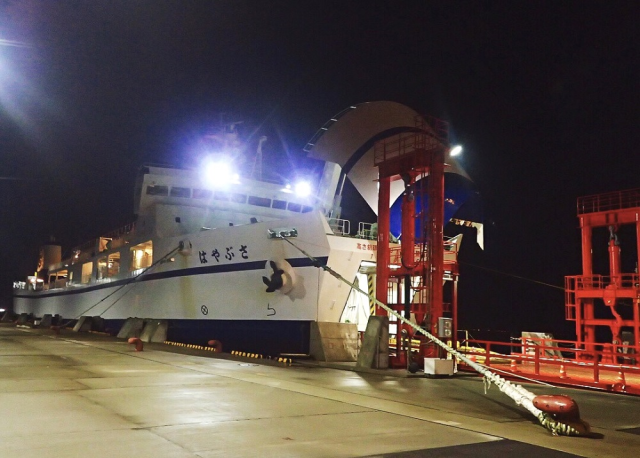
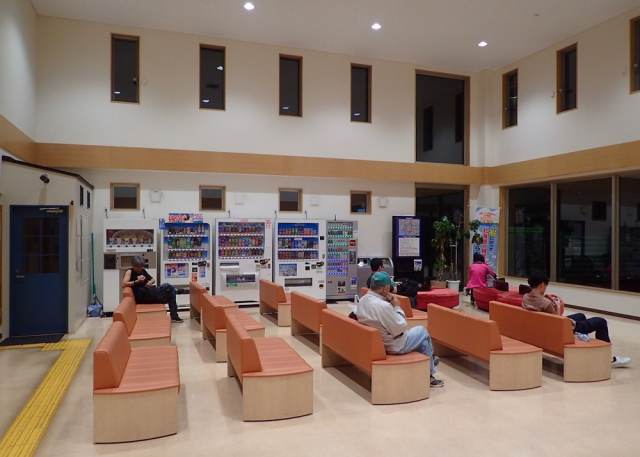
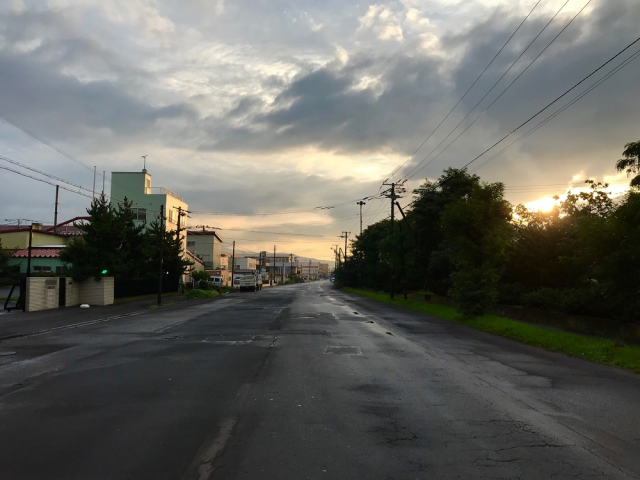
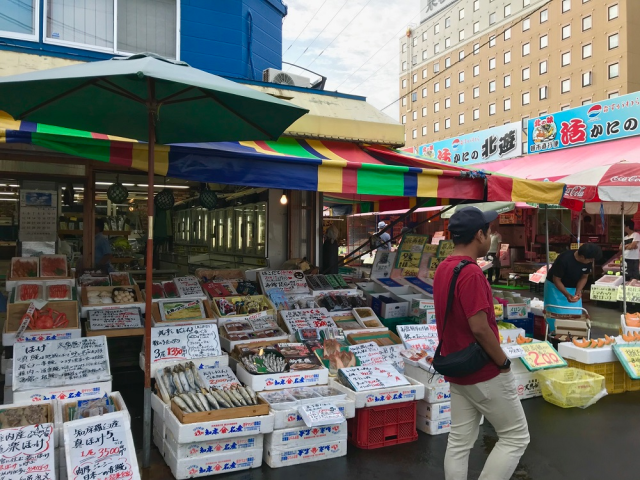
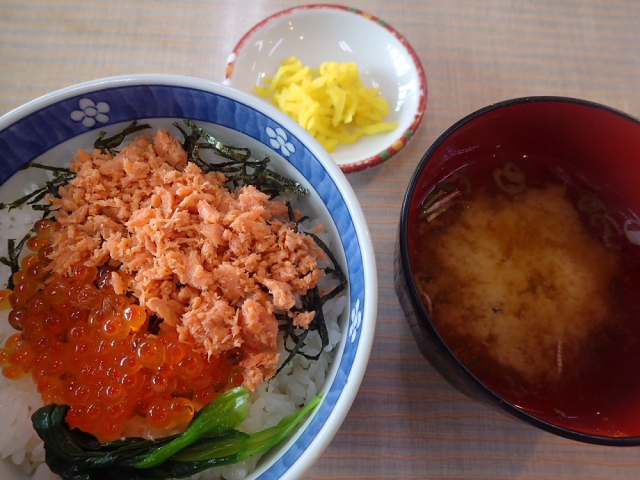
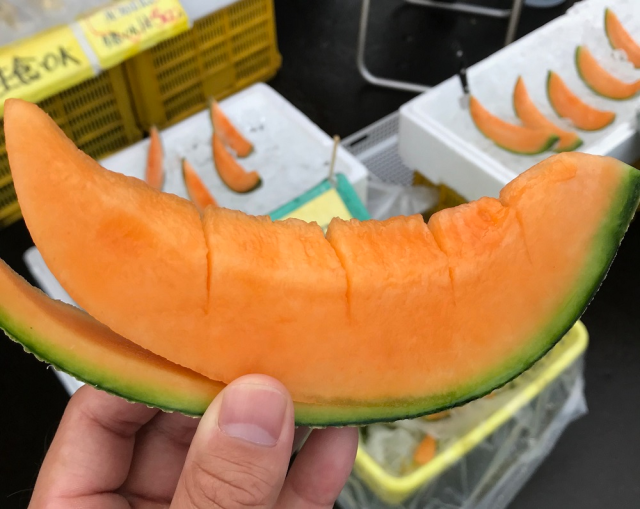

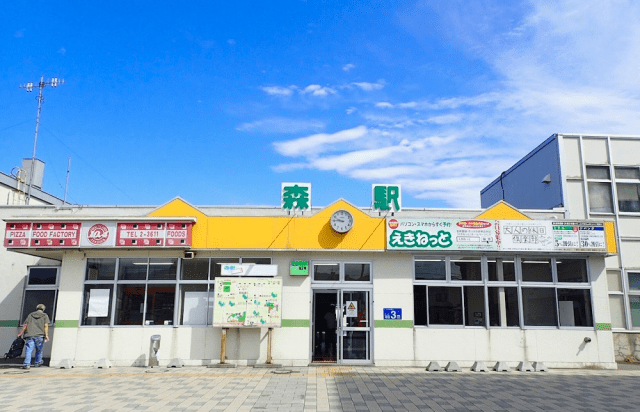
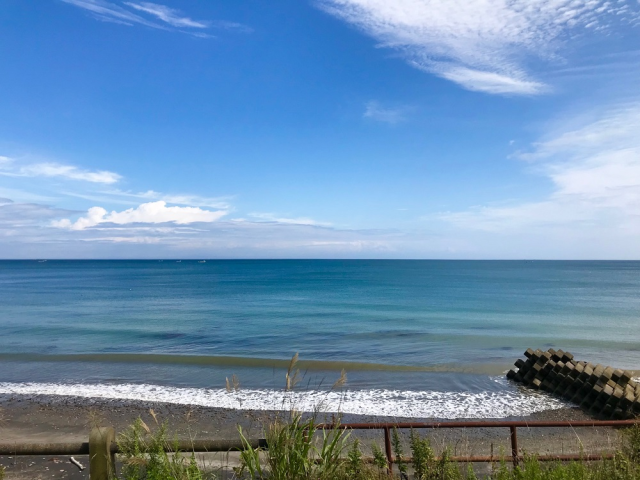
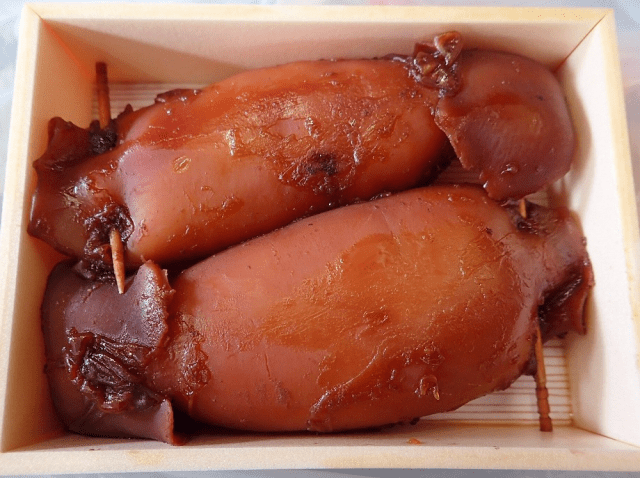
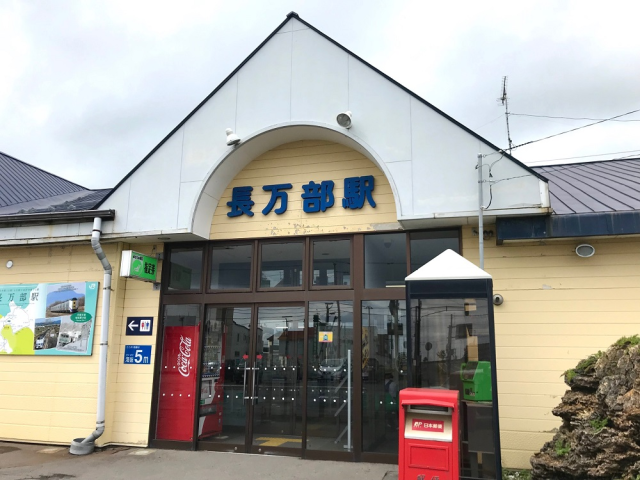

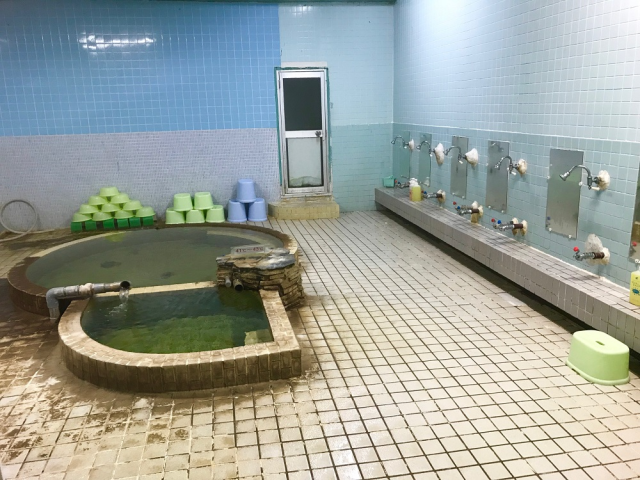
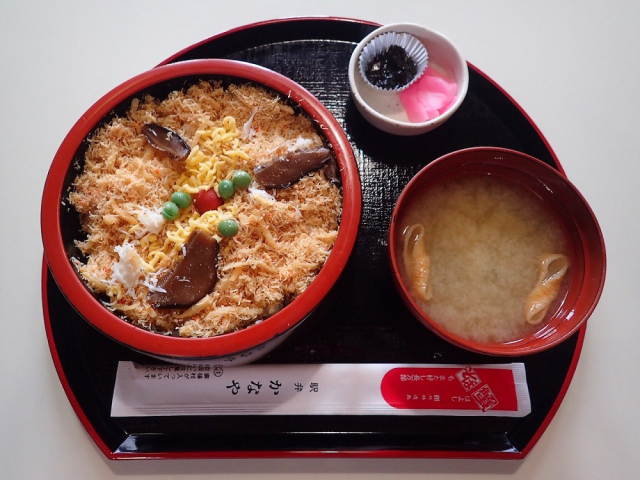
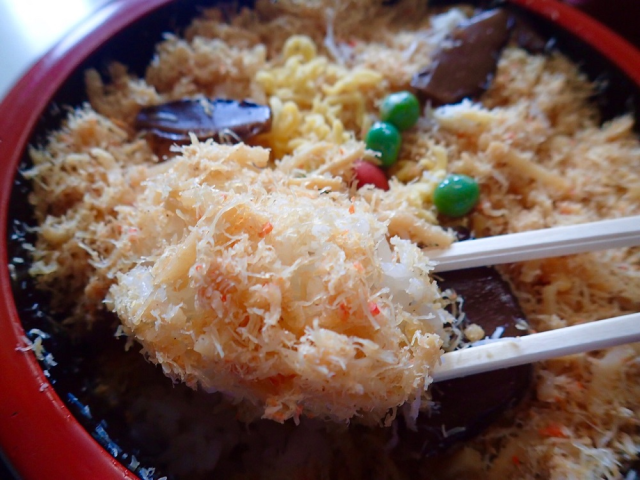
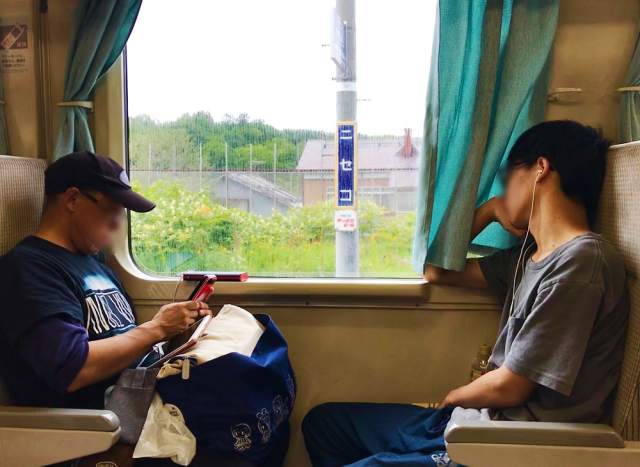
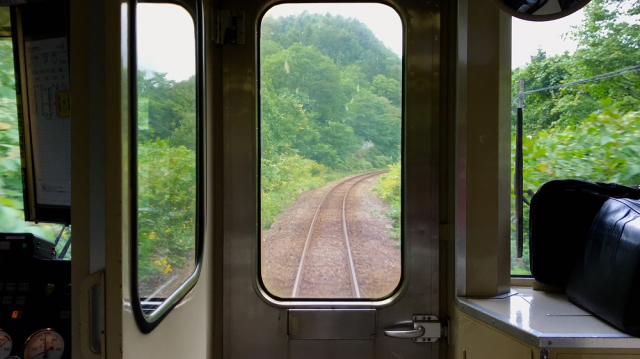

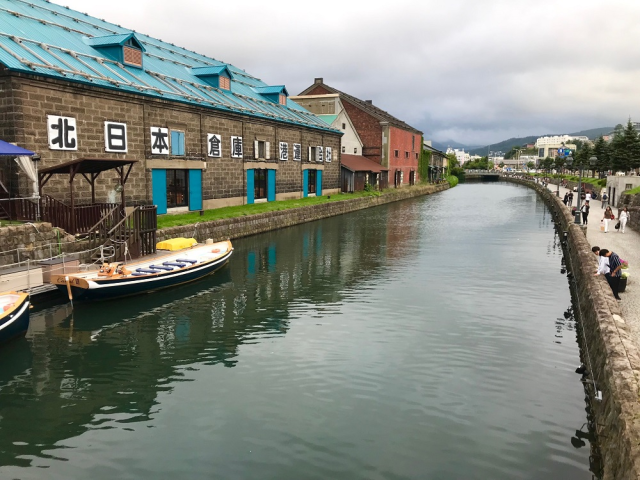
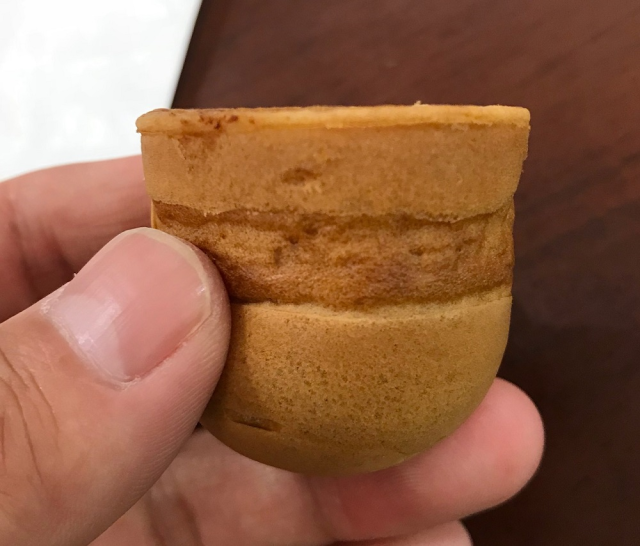
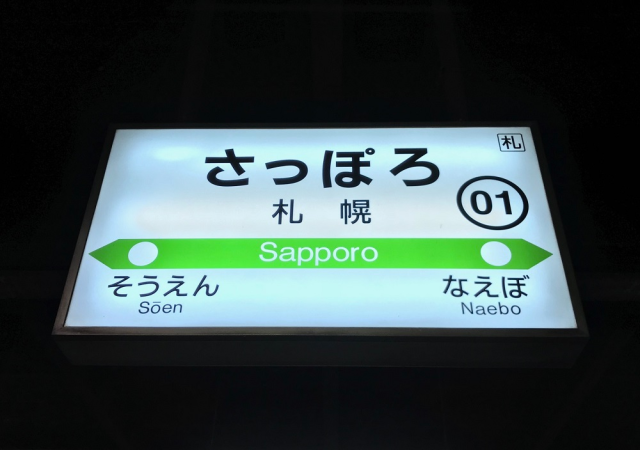
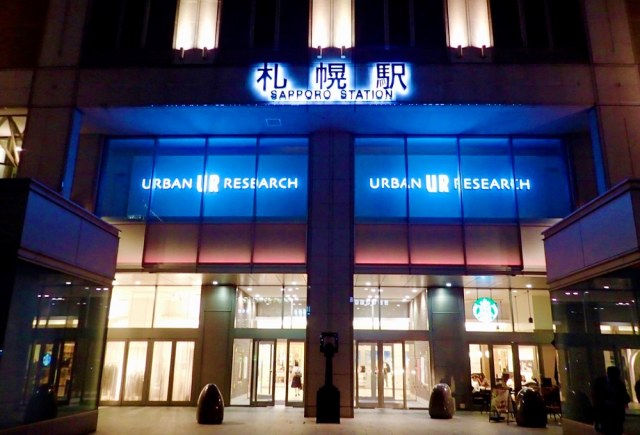
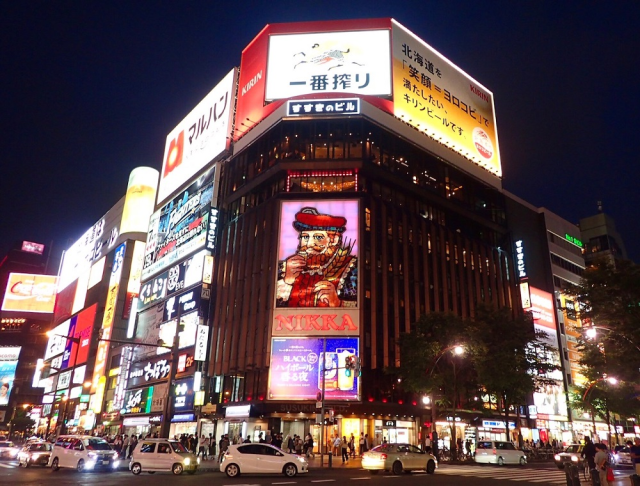
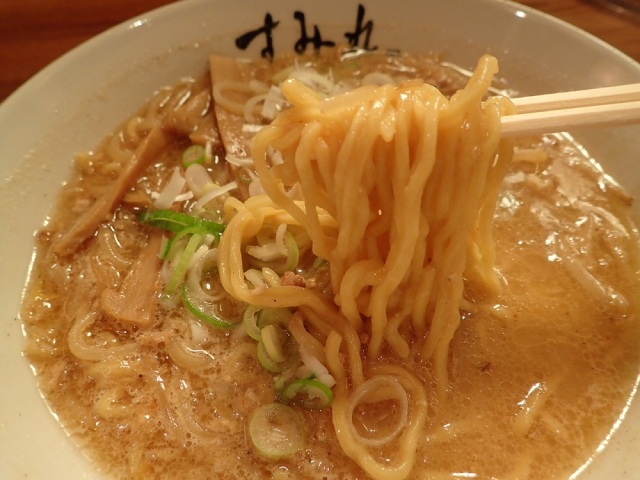
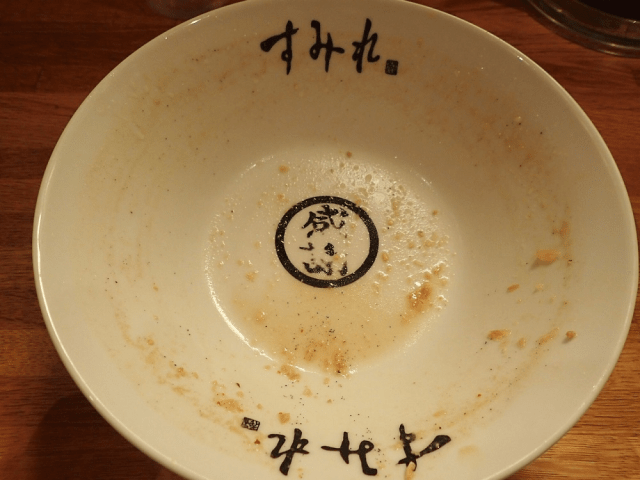
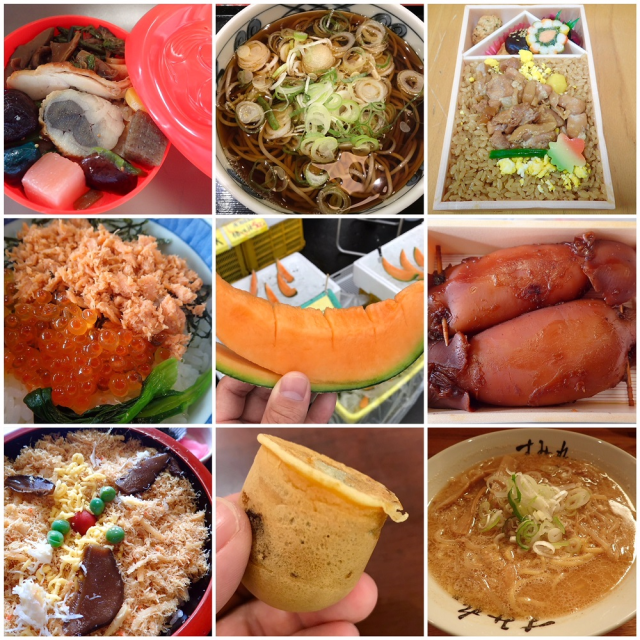
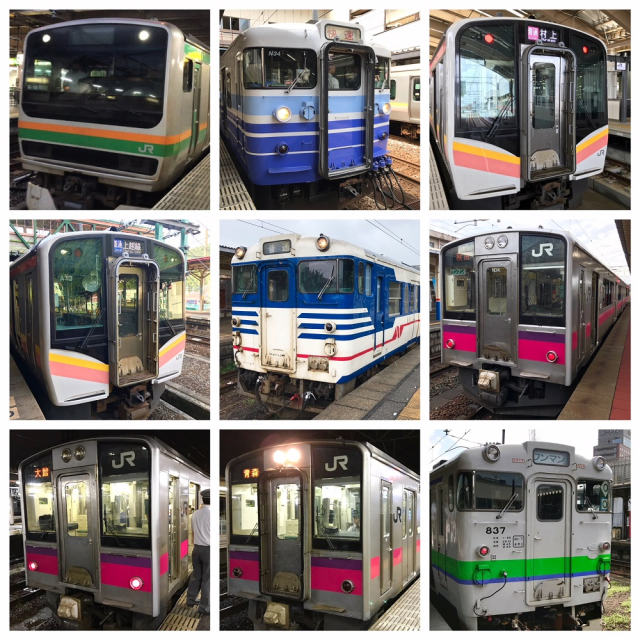
 From Tokyo to Tohoku for less than 25 bucks? Our epic Seishun 18 Ticket Japanese train voyage
From Tokyo to Tohoku for less than 25 bucks? Our epic Seishun 18 Ticket Japanese train voyage How to travel from one end of Japan to the other by train for less than 25 bucks
How to travel from one end of Japan to the other by train for less than 25 bucks One of Japan’s most awesome rail passes, the Seishun 18 Ticket, just got a lot less awesome
One of Japan’s most awesome rail passes, the Seishun 18 Ticket, just got a lot less awesome How to travel from Tokyo to Hiroshima by train for 500 yen
How to travel from Tokyo to Hiroshima by train for 500 yen Japan’s Moonlight Nagara train service ends, leaving a hole in overnight rail travel
Japan’s Moonlight Nagara train service ends, leaving a hole in overnight rail travel Majority of Japanese mayors say foreign residents are essential but most see good and bad effects
Majority of Japanese mayors say foreign residents are essential but most see good and bad effects Four Shinto shrines to pray for love at in Japan to start the New Year
Four Shinto shrines to pray for love at in Japan to start the New Year Top Secret Cookie Recipe Finally Comes to Light
Top Secret Cookie Recipe Finally Comes to Light Start saving room now – Japanese grocery store’s biggest sushi roll yet is coming for Setsubun
Start saving room now – Japanese grocery store’s biggest sushi roll yet is coming for Setsubun We use the Seishun 18 Ticket to travel from Japan to Korea by ferry
We use the Seishun 18 Ticket to travel from Japan to Korea by ferry Is this the most relaxing Starbucks in Japan?
Is this the most relaxing Starbucks in Japan? 7-Eleven Japan starts new temporary luggage storage service in over 300 branches
7-Eleven Japan starts new temporary luggage storage service in over 300 branches Starbucks on a Shinkansen bullet train platform: 6 tips for using the automated store in Japan
Starbucks on a Shinkansen bullet train platform: 6 tips for using the automated store in Japan Cup Noodle mystery meat instant rice returns to Japanese stores after a seven-year absence
Cup Noodle mystery meat instant rice returns to Japanese stores after a seven-year absence Stamina-destroying “Paralysis Noodles” are Tokyo’s newest over-the-top ramen innovation
Stamina-destroying “Paralysis Noodles” are Tokyo’s newest over-the-top ramen innovation Starbucks Japan ready to get Year of the Horse started with adorable drinkware and plushies【Pics】
Starbucks Japan ready to get Year of the Horse started with adorable drinkware and plushies【Pics】 Hayao Miyazaki says Happy New Year to Studio Ghibli fans with new art for Year of the Horse
Hayao Miyazaki says Happy New Year to Studio Ghibli fans with new art for Year of the Horse 7 great places to see Mt. Fuji from without having to climb it
7 great places to see Mt. Fuji from without having to climb it We found possibly the quietest Japanese-style hotel in Tokyo’s bustling Shinjuku district
We found possibly the quietest Japanese-style hotel in Tokyo’s bustling Shinjuku district Cup Noodle tries an authentic Jiro-style ramen, but something’s not quite right
Cup Noodle tries an authentic Jiro-style ramen, but something’s not quite right Hello Kitty Choco Egg figures are an adorable trip through three periods of Japanese pop culture【Pics】
Hello Kitty Choco Egg figures are an adorable trip through three periods of Japanese pop culture【Pics】 Japan’s oldest largetooth sawfish in captivity back on display in Mie Prefecture
Japan’s oldest largetooth sawfish in captivity back on display in Mie Prefecture Cyberpunk anime meets traditional culture in Ghost in the Shell gold leaf Japanese changing screens
Cyberpunk anime meets traditional culture in Ghost in the Shell gold leaf Japanese changing screens The best Starbucks Japan Frappuccinos we want to drink again in 2026
The best Starbucks Japan Frappuccinos we want to drink again in 2026 We revisited Sweets Paradise after a decade to see if Japan’s dessert buffet still delivers
We revisited Sweets Paradise after a decade to see if Japan’s dessert buffet still delivers Disillusionment at Tsukiji’s tourist-target prices led us to a great ramen restaurant in Tokyo
Disillusionment at Tsukiji’s tourist-target prices led us to a great ramen restaurant in Tokyo Starbucks teams up with 166-year-old Kyoto doll maker for Year of the Horse decorations【Photos】
Starbucks teams up with 166-year-old Kyoto doll maker for Year of the Horse decorations【Photos】 Tokyo considering law requiring more trash cans following litter increase in heavily touristed area
Tokyo considering law requiring more trash cans following litter increase in heavily touristed area Tokyo’s Tsukiji sushi neighborhood asks tour groups to stay away for the rest of the month
Tokyo’s Tsukiji sushi neighborhood asks tour groups to stay away for the rest of the month Tokyo event lets you travel back in time, for free, to celebrate 100 years since Showa era start
Tokyo event lets you travel back in time, for free, to celebrate 100 years since Showa era start Sanrio theme park in Japan announces plans to expand into a Sanrio resort
Sanrio theme park in Japan announces plans to expand into a Sanrio resort Japan may add Japanese language proficiency, lifestyle classes to permanent foreign resident requirements
Japan may add Japanese language proficiency, lifestyle classes to permanent foreign resident requirements Survey asks foreign tourists what bothered them in Japan, more than half gave same answer
Survey asks foreign tourists what bothered them in Japan, more than half gave same answer Japan’s human washing machines will go on sale to general public, demos to be held in Tokyo
Japan’s human washing machines will go on sale to general public, demos to be held in Tokyo Japan’s deadliest food claims more victims, but why do people keep eating it for New Year’s?
Japan’s deadliest food claims more victims, but why do people keep eating it for New Year’s? We deeply regret going into this tunnel on our walk in the mountains of Japan
We deeply regret going into this tunnel on our walk in the mountains of Japan Studio Ghibli releases Kodama forest spirits from Princess Mononoke to light up your home
Studio Ghibli releases Kodama forest spirits from Princess Mononoke to light up your home Major Japanese hotel chain says reservations via overseas booking sites may not be valid
Major Japanese hotel chain says reservations via overseas booking sites may not be valid Put sesame oil in your coffee? Japanese maker says it’s the best way to start your day【Taste test】
Put sesame oil in your coffee? Japanese maker says it’s the best way to start your day【Taste test】 No more using real katana for tourism activities, Japan’s National Police Agency says
No more using real katana for tourism activities, Japan’s National Police Agency says Starbucks Japan reveals new sakura drinkware collection, inspired by evening cherry blossoms
Starbucks Japan reveals new sakura drinkware collection, inspired by evening cherry blossoms Updated cherry blossom forecast shows extra-long sakura season for Japan this year
Updated cherry blossom forecast shows extra-long sakura season for Japan this year Changes to Japan rail pass make it fall out of favour with travellers
Changes to Japan rail pass make it fall out of favour with travellers We use the Seishun 18 Ticket to travel from Japan to Korea by ferry
We use the Seishun 18 Ticket to travel from Japan to Korea by ferry Ads for JR’s “Seishun 18” rail pass celebrate the isolated beauty of Japan’s most far-flung stations
Ads for JR’s “Seishun 18” rail pass celebrate the isolated beauty of Japan’s most far-flung stations East Japan Railways phasing out magnetic paper tickets, seven other rail operators will too
East Japan Railways phasing out magnetic paper tickets, seven other rail operators will too Japan’s new random-destination die-roll train tickets — Amazing bargain for just 36 bucks
Japan’s new random-destination die-roll train tickets — Amazing bargain for just 36 bucks Shinkansen bullet train tickets go half-off until spring of next year in east Japan travel push
Shinkansen bullet train tickets go half-off until spring of next year in east Japan travel push Hokkaido Shinkansen apologizes for driver “spacing out” while operating bullet train
Hokkaido Shinkansen apologizes for driver “spacing out” while operating bullet train 10 hours, six prefecture, one 2,720-yen ticket – Testing the JR Holiday Outing train pass limits
10 hours, six prefecture, one 2,720-yen ticket – Testing the JR Holiday Outing train pass limits Set of 4,368 train tickets goes on sale to commemorate Japan Railways 150th anniversary
Set of 4,368 train tickets goes on sale to commemorate Japan Railways 150th anniversary New unlimited-ride JR Japan rail pass is perfect for a laid-back trip in east and northeast Japan
New unlimited-ride JR Japan rail pass is perfect for a laid-back trip in east and northeast Japan New Japan rail pass gives you a week of free rides in a huge space to chase the cherry blossoms
New Japan rail pass gives you a week of free rides in a huge space to chase the cherry blossoms These Tokyo train ticket machines have a cool way of helping you if you bought the wrong ticket
These Tokyo train ticket machines have a cool way of helping you if you bought the wrong ticket We roll the die on Japan’s new random-destination train tickets
We roll the die on Japan’s new random-destination train tickets Is the new Shinkansen Train Desk ticket worth it?
Is the new Shinkansen Train Desk ticket worth it? Great hotel in Hokkaido has hot spring, all you-can-eat seafood for under 10,000 yen a person
Great hotel in Hokkaido has hot spring, all you-can-eat seafood for under 10,000 yen a person
Leave a Reply